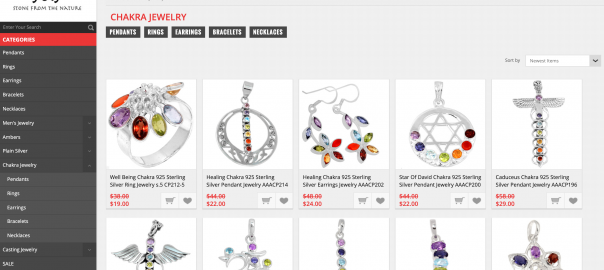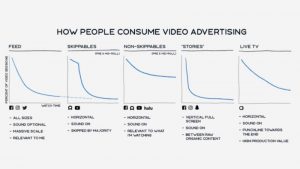40% of the world’s internet users have purchased products online, which amounts to more than 1 billion online buyers. And ecommerce sales in the United States alone accounted for more than 11% of all retails sales in the third quarter of 2019. The ecommerce business is booming and will continue to grow in 2020.
But as businesses experiment and try to give consumers what they want, the online retail space is changing rapidly. If you’re looking for ideas to improve and expand your own online retail business, check out what to expect in ecommerce trends in 2020.
1. An Emphasis on Simplicity
Many brands have embraced minimalism, which allows them to focus on perfecting a core product. It also takes away from choice overload — the idea that access to too many choices makes decision-making more difficult and less satisfying — which can be a relief to consumers.
And companies that focus on limited offerings often begin with only one or two products. Take Bonobos, for example. This direct-to-consumer company launched with only one pair of pants and within three years had amassed more than $ 9.5 million in revenue.
Bed-in-a-box startup Casper began in 2014 with only one mattress and sold $ 100 million worth of mattresses in less than two years by limiting product choice. Today, Casper continues to make profits selling only three types of mattresses.

35% of U.S. adults desire some level of minimalism, and its popularity is related not only to the number of products but also to how they’re designed and marketed.
For example, Billie sells simplified female razors and shaving supplies at low prices, and the brand doesn’t offer many accessories. In fact, even its product design is simple.
An image of simplicity is about much more than product offerings and brand identity, though. This uncluttered, back-to-basics approach is also being applied to website design, which has been found to increase ecommerce sales.
Just because a brand begins with only one or two products doesn’t mean they have to maintain that limited offering, though. Many brands started more minimal than they are today, but they branched out and increased their catalog based on user feedback.
For example, Allbirds launched with one simple, comfortable shoe. “The insight that kicked this whole journey off was, ‘Could you make a very, very simple sneaker that wasn’t adorned with branding?’” said Allbirds co-founder Tim Brown. “It felt like it was very, very hard to find.”
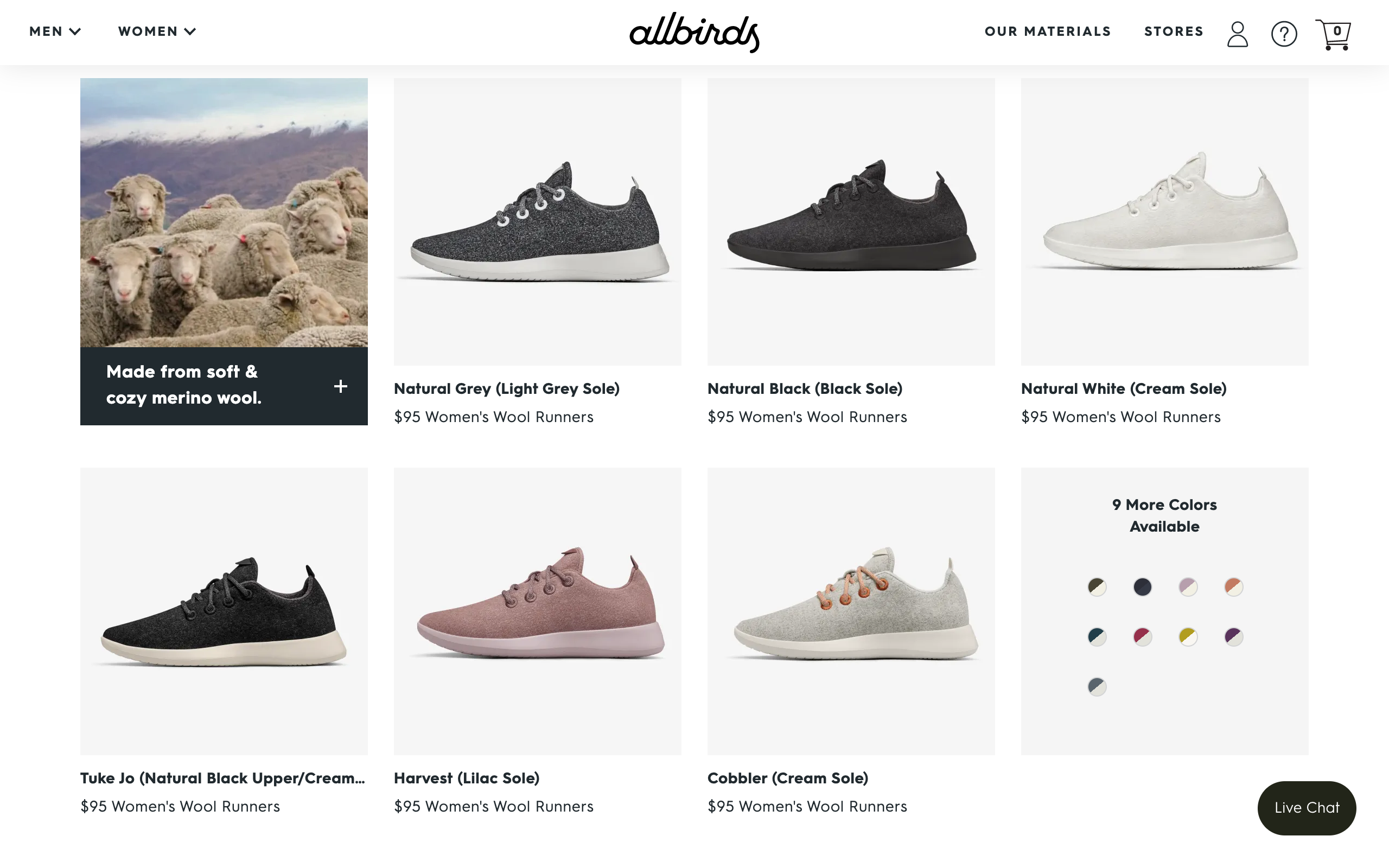
Brown successfully brought his footwear vision to life, and recently the company expanded to offer more styles and colors. However, Allbirds stays on brand by limiting its product selection, as illustrated above.
2. More Influencer Marketing — Especially on Instagram
One of the most effective ways to expose people to your ecommerce business is through influencer marketing, employing leaders in a specific industry to share your brand’s products and messaging with a key audience. Why? Because it works.
Consumers seek product recommendations from influencers nearly as often as they do from friends, according to one study that also found that 49% of consumers look to influencers when making product decisions.
The influencer market is estimated to be worth around $ 6.5 billion (up from $ 4.6 billion in 2018), and the industry of social media influence is predicted to be worth between $ 5 and $ 10 billion by 2020. Influencer marketing is such a big business that in 2019, more than 320 new influencer marketing platforms emerged to simplify the process for brands and influencers.
Influencer marketing has especially taken off on Instagram, where it’s already a $ 1.7 billion industry. And all that money isn’t just being funneled to celebrity endorsers or people with millions of followers — it’s often making its way into the pockets of micro-influencers, those with between 1,000 and 100,000 followers.
When it comes to product discovery, micro-influencers have far greater impact than celebrities. 26% of consumers said a micro-influencer helped them discover a product in the last three months, according to Curalate. By comparison, only 20% of consumers said a celebrity helped them discover a product in that same time period.
La Croix’s influencer campaign has focused heavily on Instagram users with sometimes only a few hundred followers, and it’s had immense success. In addition to increasing sales of its sparkling water, the brand’s work with micro-influencers has made it the inspiration behind everything from pop art to Halloween costumes, showcasing how its influencer-marketing tactics have established an authentic connection with its core audience.
FabFitFun is another great example. Its hashtag #fabfitfun has more than 311,650 posts on Instagram, and the #fabfitfunpartner hashtag has more than 16,738 posts on the social network.
This underscores how engaged FabFitFun’s Instagram audience is and how its supporters — both subscribers and influencers paid for sponsorships — enjoy its offerings.
3. Employing User-Generated Content on Social Media
Brands have been taking advantage of influencer partnerships for some time, and now more of them are discovering one of the greatest benefits of social media campaigns: user-generated content (UGC). The photos and videos that social media users share about brands can be fertile ground for unique and engaging content.
This type of content brings authenticity to brands because it enables consumers to see how real people — not models, celebrities, or other endorsers — actually use a product, which aids in purchasing decisions. In fact, more than 64% of social media users will seek out UGC before making a purchase, and UGC videos get 10 times more views than brand content.
Beauty brand Glossier employs UGC across its social media accounts, sharing users’ images as well as messages about the brand, and its micro-influencer pool of more than 1.7 million people on Instagram actually drives 70% of the company’s growth.
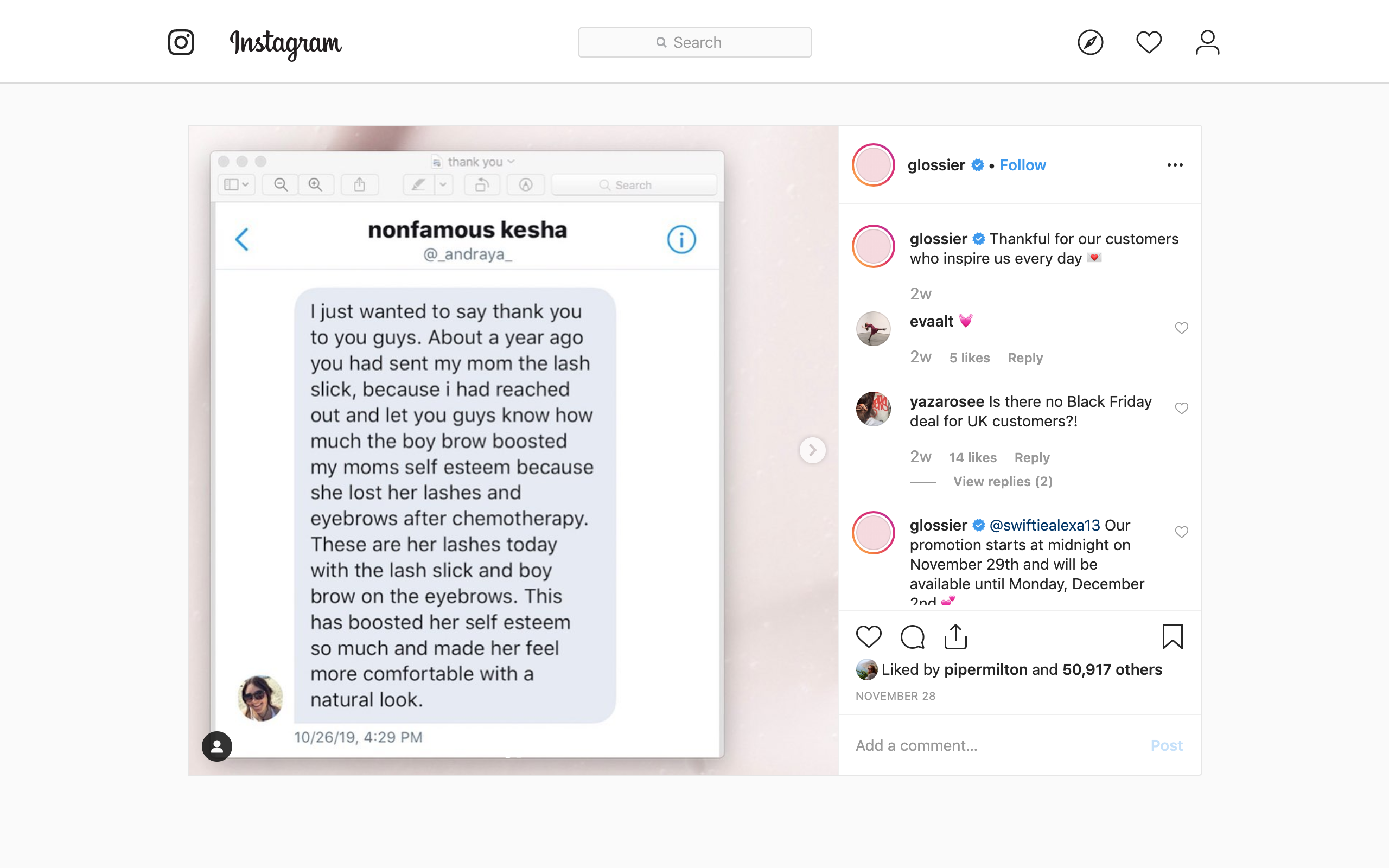
Reposting fans’ content makes the Glossier feed feel more like a community and encourages even more people to create content. That increase in demand and engagement also allows the company to raise the bar on the quality of its content.
Doritos is another great example of employing UGC on social media.
Its Instagram account is basically made up entirely of UGC from its fan creation site, DoritosLegionoftheBold.com, where customers can create marketing images and videos in hopes of getting them shared by Doritos.
4. Personalized Shopping Experiences
Creating a more personalized experience online has been shown to boost revenue by as much as 10% because it helps consumers feel a connection to brands and can simplify the online shopping experience.
94% of companies see personalization as a critical component of their success. And in one study, customers expressed that a highly personalized shopping experience made them 110% more likely to add additional items to their baskets and 40% more likely to spend more than originally planned.
“Experience is the new loyalty,” Sebastian Siemiatkowski, CEO of Klarna, a global e-commerce payment provider, said. “It’s one of the key drivers for consumers to return to a retailer’s site or app.”
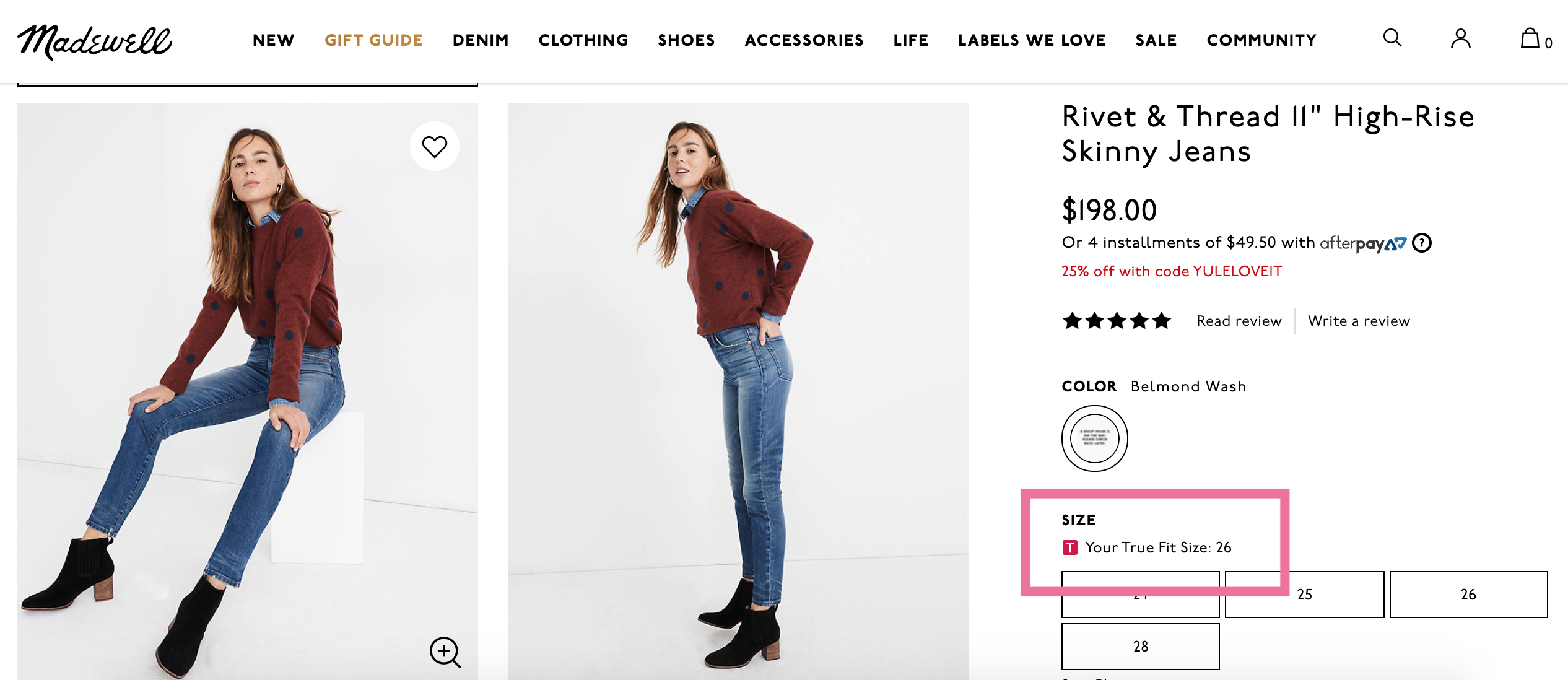
Madewell does this well by displaying returning customers’ sizes already on product pages, making it easy for consumers to determine if a product they’re interested in is available in their size and to add it to their cart.
Sephora does this another way. The beauty brand makes personalized product recommendations via email based on customers’ past purchases and browsing history and provides exclusive offers to subscribers.
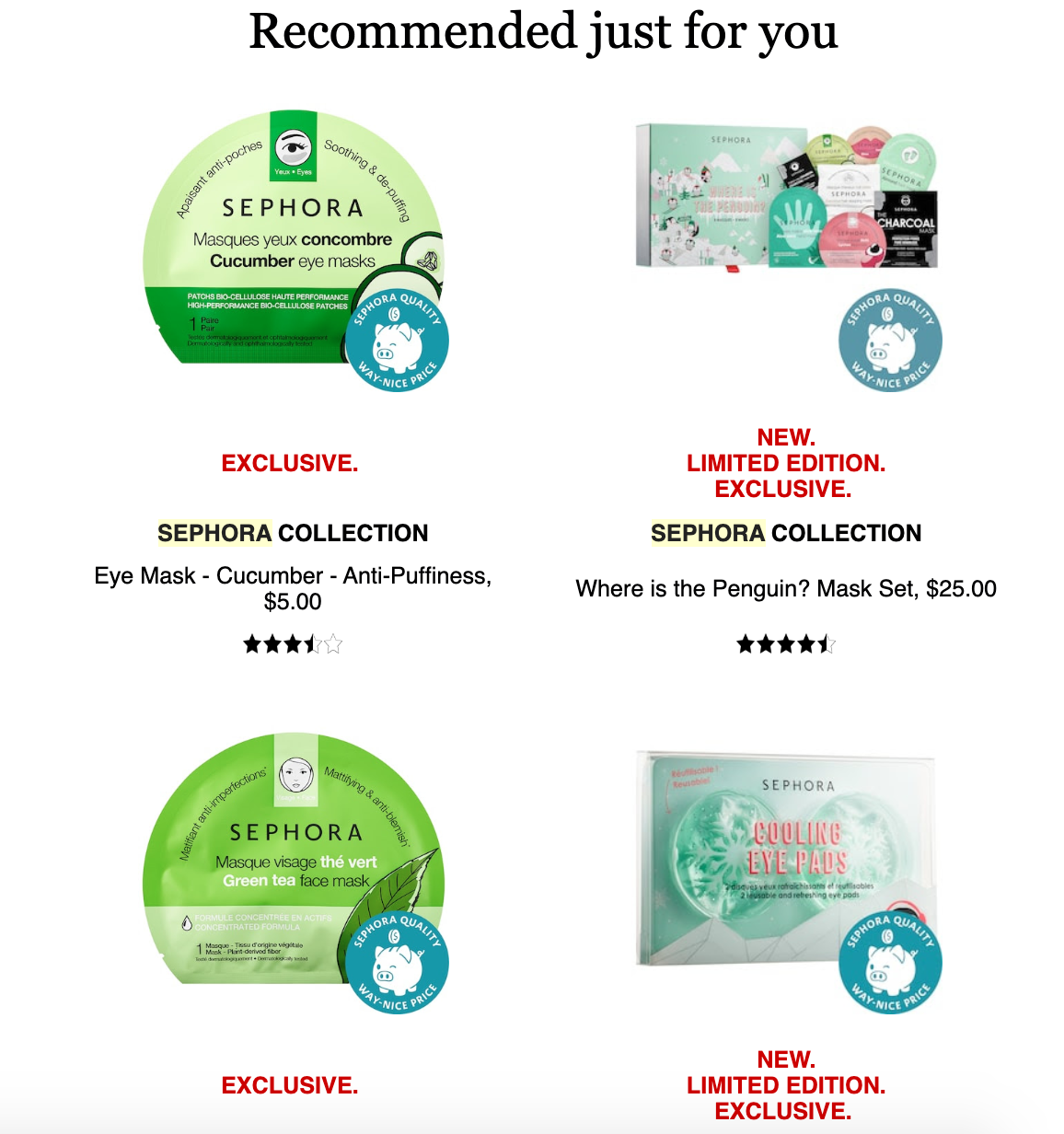
5. Brands Supporting Social Values and Environmental Efforts
Today’s consumers are more conscious of how their shopping habits affect the world at large, and they’re choosing to put their dollars behind sustainable products and brands dedicated to social causes and environmental efforts in all aspects of their operations.
Companies can engage in these sorts of activities in a variety of ways, from employing local workers and using renewable resources to supporting social causes or donating a portion of their profits to charitable causes.
For example, diamond company Brilliant Earth uses recycled precious metals and donates 5% of its net profits to charities that assist communities where it operates.
Tentree, which plants trees across the globe for every item purchased, is another great example of a company that’s dedicated to sustainability and effectively attracts eco-conscious consumers because of it.
Online shoppers truly support these businesses’ efforts, as evidenced by countless surveys.
Gen Z buyers are 1.5 times more likely to refer a brand on social media after learning about its values, 68% of Gen Zers expect brands to contribute to society, and 87% of consumers will buy from a brand with a social or environmental benefit.
And that support adds up. In fact, consumers spent $ 128.5 billion on sustainable consumer goods in 2018 alone.
Outdoor brand Cotopaxi, which donates 1% of its annual revenue to global poverty alleviation, made millions of dollars within its first two years of operation.
The company is B Corp-certified, meaning it’s focused on using the power of business as a force for social, environmental, and economic good, and Cotopaxi frequently highlights its efforts to give back on social media. For example, on Instagram, its featured Stories include one called “Do Good” about poverty in refugee camps, as well as a segment called “Give” that details how Cotopaxi helps refugees start their own businesses.
6. Sellers Diversifying Their Marketplaces
One of the top ecommerce trends of 2020 is unique to sellers, especially smaller merchants looking to grow their businesses.
While many sellers launch their businesses on platforms like Shopify or sell their products exclusively on marketplaces like Etsy, integrations like Sellbrite are making it easier for sellers to expand their reach and list their items on multiple marketplaces. Sellbrite’s multi-channel listing software allows sellers to list inventory from one central catalog to numerous ecommerce marketplaces, including Amazon, eBay, Jet, and Walmart.
Merchants who sell on three or more channels sell 156% more, and Sellbrite merchants are seeing over 300% growth after one year.
When Jin Lin of JJ Designer Jewelry wanted to make his products available to more customers by selling on platforms besides his own website, he turned to Sellbrite, which streamlined the listing process. He now sells on Amazon, eBay, Walmart, and BigCommerce.
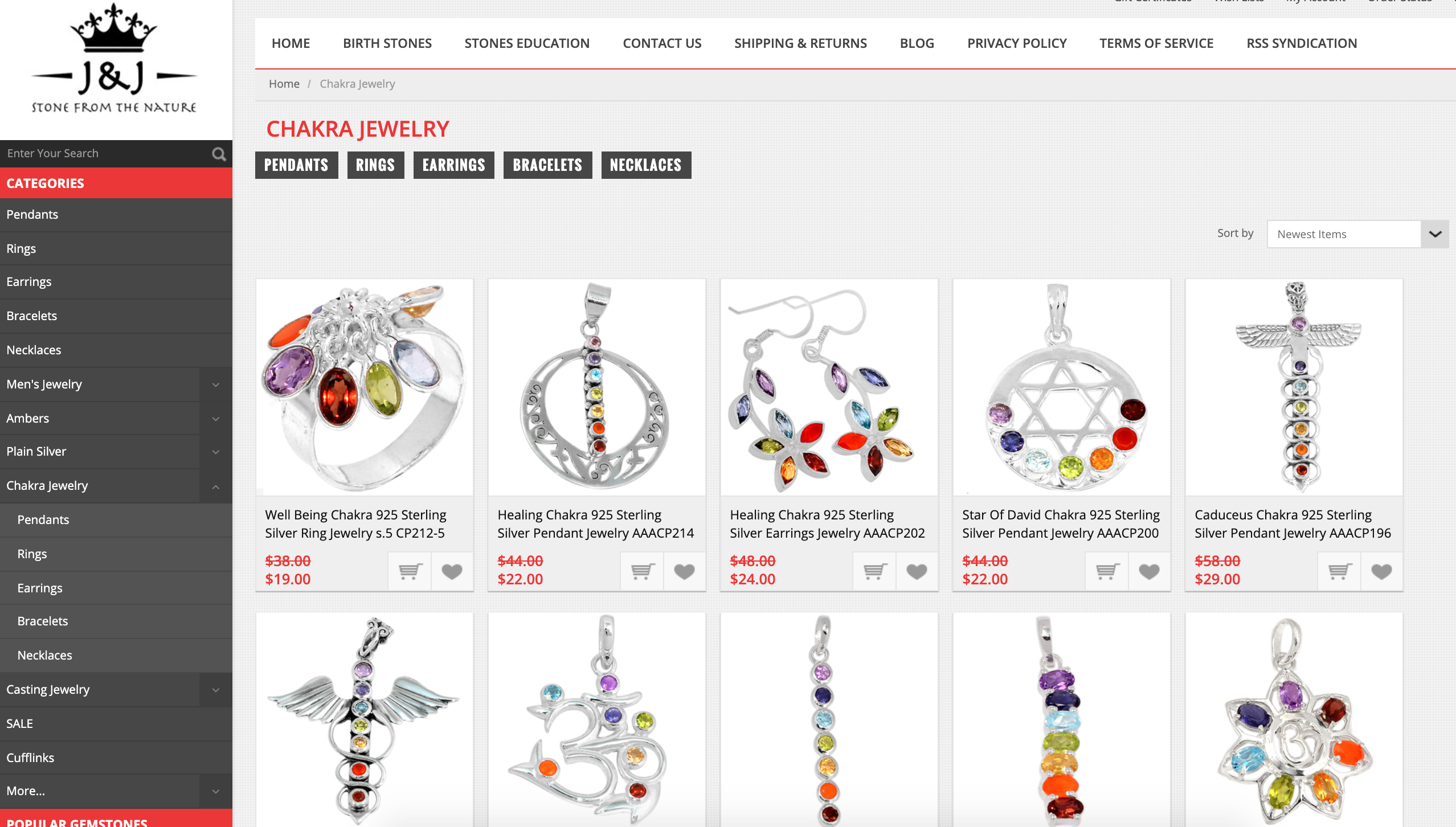
Lin estimates that Sellbrite is responsible for 20% of his sales growth, totaling more than $ 1 million in new revenue.
Ecommerce Trends in 2020: Which Ones Will Work for You?
Trends may come and go, but to compete in the ever-changing space of online retail, it’s important for ecommerce businesses to pay attention to them.
While not everything that works for one business will necessarily work for yours, consider why a certain trend is taking off. Is it improving consumers’ shopping experience? Is it leading to more conversions? Is it increasing the number of repeat customers?
Just because a trend isn’t a good fit for your brand doesn’t mean there’s not a core best practice at the root of it that can translate to your unique ecommerce business.
Digital & Social Articles on Business 2 Community
(57)
